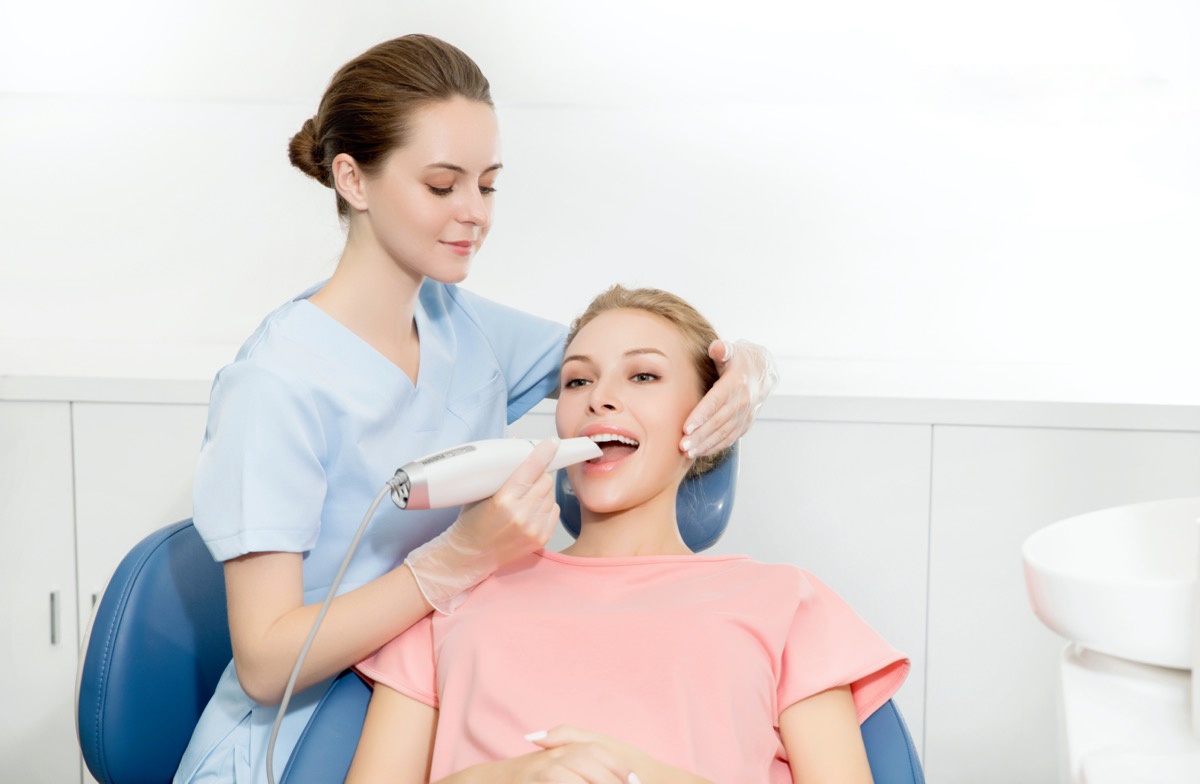Subscribe to our monthly newsletter and never miss any news about products. promotions, blog posts, services and events!
Why are intraoral scanners a trend in orthodontics?
Jun 12,2023Current new technology in orthodontics relies heavily on advanced tools and software to accurately capture the condition of the teeth. However, in order for this new technology to be routinely applied in clinical practice, a global information platform needs to be created through a fully digital, highly accurate and easy-to-use system. A fully digitalised workflow enables the correct and fast delivery of aligners to consumers worldwide by courier. Another important advantage is that if aligners can be digitally constructed, costs will be reduced because fewer operators will be needed for the production process, and transport times and costs will not delay the production process. The creation of a personalised technician's room will drive the next big change in orthodontics.
By far the most important step in achieving a successful orthodontic procedure is to accurately reflect the dentition. Traditional plaster models are gradually being replaced by digital models." These digital models, are usually obtained by couriering plaster models or impressions to a professional company that can perform laser scanning or computed tomography (CT). It is well known that plaster casts obtained through oral impression materials are subject to some degree of dimensional alteration. The dimensions of the impression and the accuracy of the plaster model can be greatly reduced during transport, removal and instillation of the plaster model. The obtained impressions are sterilised and transported to the dental technician's office for the filling of the plaster model, and then the model is sent to the orthodontic technician's office for storage. The plaster casts are then taken to the orthodontist's office for storage. The plaster casts are often retrieved during orthodontic treatment, which also makes them fragile. Nowadays, we can scan plaster casts or dental impressions with a table top laser scanner or a precise CT scanner and convert this information into a digital dental model. Statistically, a digital dental model scanned directly from an oral impression is accurate enough to analyse the information and formulate an orthodontic plan when compared to a plaster model. However, an oral impression or plaster cast is still required to obtain a digital dental model by this method. Since taking an oral impression or making a plaster cast is still an indirect way of obtaining a digital dental model, the direct acquisition of a digital dental model is of interest.
One method of obtaining a direct picture of the dentition is through the use of cone beam computed tomography (CBCT) imaging. This type of radiographic imaging can be used for dentition analysis, but it exposes the patient to radiation and the quality of the radiographic image is directly related to the dose of radiation used. Because of the ALARA principle (the principle of obtaining imaging with the lowest possible radiation dose), CBCT is not recommended for dental imaging.
In order to meet the requirements for digitisation and to save on impression material, many companies have developed scanning systems for digitising intraoral impressions in order to obtain any type of dental scan. Only intraoral scanning systems can scan the entire mouth and thus replace the taking of dental impressions. These digitised models are processed by special software and can be used for diagnosis of malocclusions, analysis of the dentition, digital treatment planning and design of orthodontic appliances. Several intraoral scanners have also been developed in the last decade or so. Intraoral scanners are now at the cutting edge of dental technology and are likely to eliminate the cumbersome method of taking impressions. If the goal of dentistry is to be able to operate more concisely, quickly and accurately, then this technology will eventually be put to sensible use. Scanning dental relationships with an intraoral scanner is simple. The intraoral scanner's elegant recordings do not require separate recordings of occlusal relationships. Using an intraoral scanner captures the intraoral situation quickly, directly and accurately. If an intraoral scanner is used, the digital model can be used directly for diagnostic analysis.

There are very many brands of intraoral scanners emerging on the market, and in recent years Yucera has been developing its own intraoral scanners. Currently we can offer our customers a full range of digital processing equipment. This includes scanning, 3D printing of dental moulds, carving, milling, sintering, porcelain baking and all other equipment needed to produce dentures. If you want to shift your dental lab from manual to digital, increase processing efficiency and reduce rework, or if you want to set up your own dental lab, then Yucera will be one of the best choices for you.
Parts of this article are adapted from the book "Digital Planning and Custom Orthodontics Treatment" by K. Hero Breuning from the Netherlands and Chung H. Kau from the United States.
If there is any infringement of copyright, please contact us for removal, thank you!